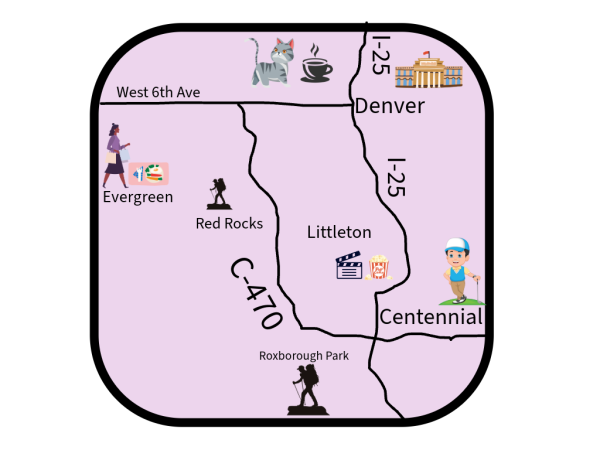Myth-Busting Trick-or-Treat
November 1, 2018
As Halloween comes and goes, children plan on attending monster mashes and trick-or-treat, but most parents’ worst fear is not the ghouls roaming the streets. Rumors of handing out tampered candy to unsuspecting kids on Halloween becomes as much a part of the tradition as costumes.
Although there have been reports of foreign objects hidden in Halloween candy, upon first glance these dangers are usually obvious. As for tainted sweets which are harder to detect, these reports are often a hoax. Professor of Sociology and Criminal Justice at the University of Delaware, Joel Best, has been investigating reports of contaminated treats dating back to 1958. The only proven case of a child dying from poisoned candy concerns Ronald Clark O’Bryan also known as “The Candy Man” who in 1974 on Halloween night put cyanide in his own 8 year-old son’s candy.
While tales of poison apples and razor blades hidden in candy have been proven to be about as true as ghost stories, the most dangerous, and fatal threat is car accidents. Children are more likely to get hit by a car on Halloween night than any other time of the year.
Increased numbers of pedestrians in the streets combined with hard-to-see costumes are not entirely to blame for the shocking number of car accidents. According to the National Highway Traffic Safety Administration, compared to the normal 31%, 48% of car crash related fatalities on Halloween night involve a drunk driver.
It’s impossible to control the behavior of drivers; however, there are other precautions that can be taken to better the safety odds of children under your supervision. Applying reflective stripes to shoes and gloves can help drivers to see children in their paths. Since many costumes can obscure vision, discourage children from wearing masks while crossing the street and ensure they cross at marked crosswalks.













